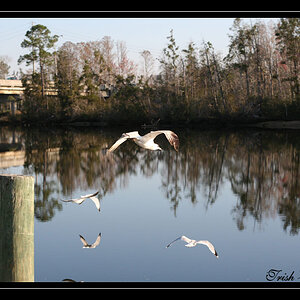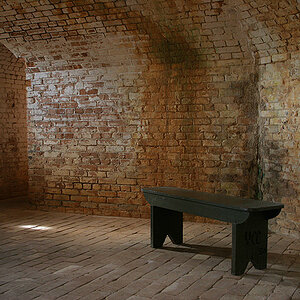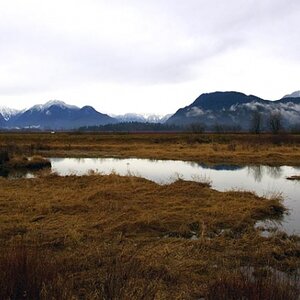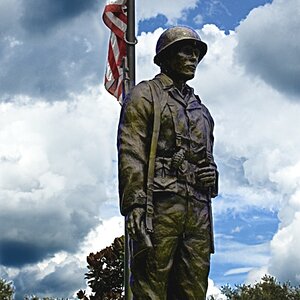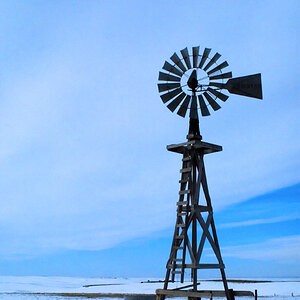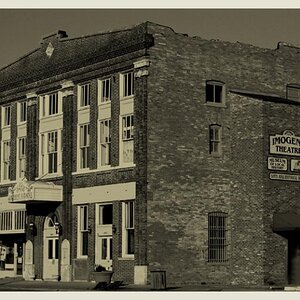rvrkids
TPF Noob!
- Joined
- Sep 6, 2014
- Messages
- 18
- Reaction score
- 1
- Can others edit my Photos
- Photos OK to edit
Hello -
I have been practicing outdoor portraits and some of my shots have been great, but others are not as sharply focused as I would like.
I have an entry level dslr Nikon D50 and yesterday used the Nikon 50mm f/1.8. I have been shooting in either aperture priority or manual and have learned that wide open aperture can cause focus softening so I never went below 3.2.
I have attached 2 examples from yesterday. Both were raw exported from lightroom to jpg with no edits. Both were taken at f/3.5, ISO 200,1/60 shutter, 1/3 and 2/3 EV, center metering. One is great focus one is not...I can't tell in the soft one what is in focus if anything...I don't think it's a depth of field problem. This happens when my shutter speeds are faster too so I don't think it's a movement thing either.
Is there anything else that I could be doing wrong to cause the soft focus?
Also, all critiques of the photos are welcomed...good and bad


I have been practicing outdoor portraits and some of my shots have been great, but others are not as sharply focused as I would like.
I have an entry level dslr Nikon D50 and yesterday used the Nikon 50mm f/1.8. I have been shooting in either aperture priority or manual and have learned that wide open aperture can cause focus softening so I never went below 3.2.
I have attached 2 examples from yesterday. Both were raw exported from lightroom to jpg with no edits. Both were taken at f/3.5, ISO 200,1/60 shutter, 1/3 and 2/3 EV, center metering. One is great focus one is not...I can't tell in the soft one what is in focus if anything...I don't think it's a depth of field problem. This happens when my shutter speeds are faster too so I don't think it's a movement thing either.
Is there anything else that I could be doing wrong to cause the soft focus?
Also, all critiques of the photos are welcomed...good and bad


![[No title]](/data/xfmg/thumbnail/42/42280-60cc6d4893a2f440eac7dd2248e733a9.jpg?1619740088)
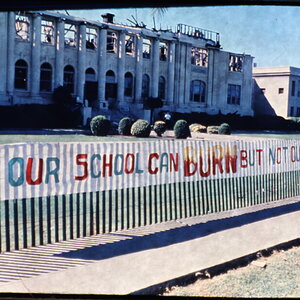

![[No title]](/data/xfmg/thumbnail/39/39429-cfa441056f1e6a1995539dc87c794876.jpg?1619739028)
